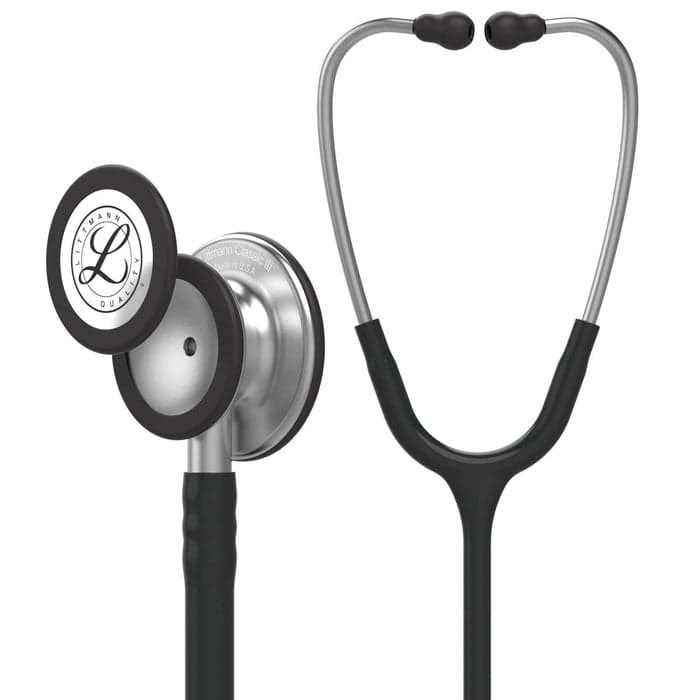stethoscope supplier
Focus on Premium Stethoscope Customization
( Parts or Whole Set )

If you’ve ever had a cold, you know that your nose can become congested and difficult to breathe through. The same thing can happen to your Littmann stethoscope, except the congestion is caused by earwax. Just like you need to clear your nose periodically, you also need to clean your Littmann stethoscope to keep it working properly. Earwax is a natural substance that helps protect your ears from dirt and bacteria. But if it builds up on your Littmann stethoscope, it can cause the tubing to become hard and stiff. This can make it difficult to hear heart and lung sounds clearly. There are a few simple steps you can take to clean your Littmann stethoscope and keep it in good working condition. First, use a soft, dry cloth to wipe the earpieces and tubing. Then, use a cotton swab to gently remove any earwax buildup from the earpieces. Finally, rinse the earpieces and tubing with warm water and dry them thoroughly. With just a little bit of care, your Littmann stethoscope will provide years of reliable service.

The use of stethoscopes to examine patients and provide patient care is an important part of their care in a variety of clinics and hospitals around the world. It is unfortunately possible that the stethoscope will harden and even crack over time, eventually degrading the sound quality. Certain factors, such as the fact that the Stethoscope’s innate material interacts with the body and hardens, contribute to its deterioration over time. To extend the life of a stethoscope, look into purchasing options made of a more durable and higher-quality material. Rather than wearing them around the neck, we prefer to remove them from direct contact with the skin. The jackets are also suitable for wearing in the front pocket or under the collar flap. A stethoscope should be cleaned on a regular basis. As a result, the device can be cleaned and used for a longer period of time because any chemicals or oils that have been exposed to it are removed. If you use stronger soaps, the tubing may appear discolored and degrade faster.
Sound cannot be transmitted properly if there are loose parts or damaged tubing. A bell (diaphragm) or a bell-shaped valve is what a bell is. The bell or diaphragm can be opened in the same position on a double-sided stethoscope at any time. When this is done, the chest piece is rotated. The diaphragm and bell are closed if they are open, and vice versa if they are closed.